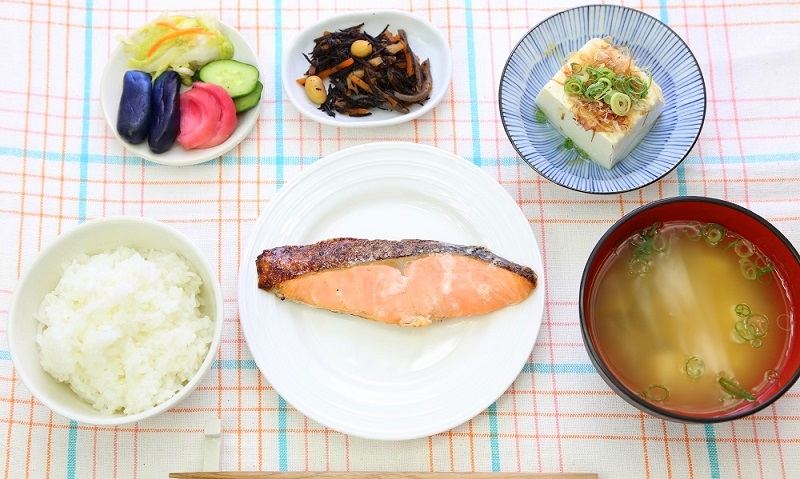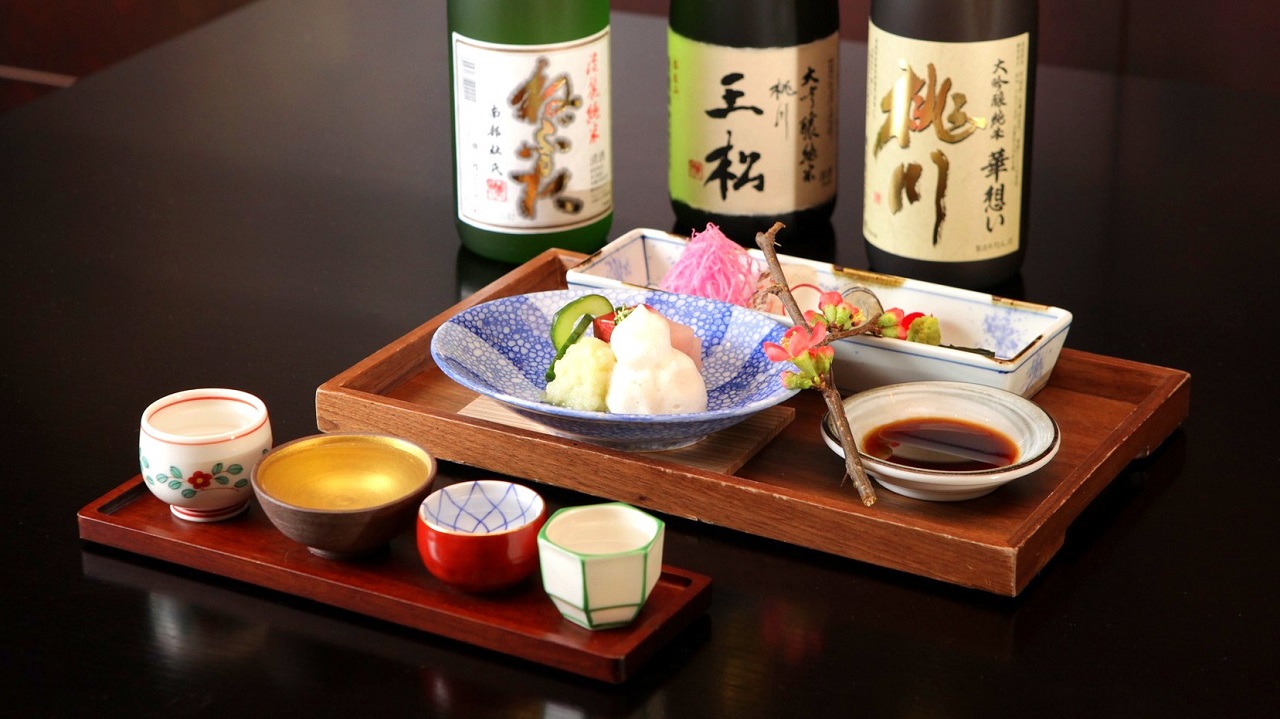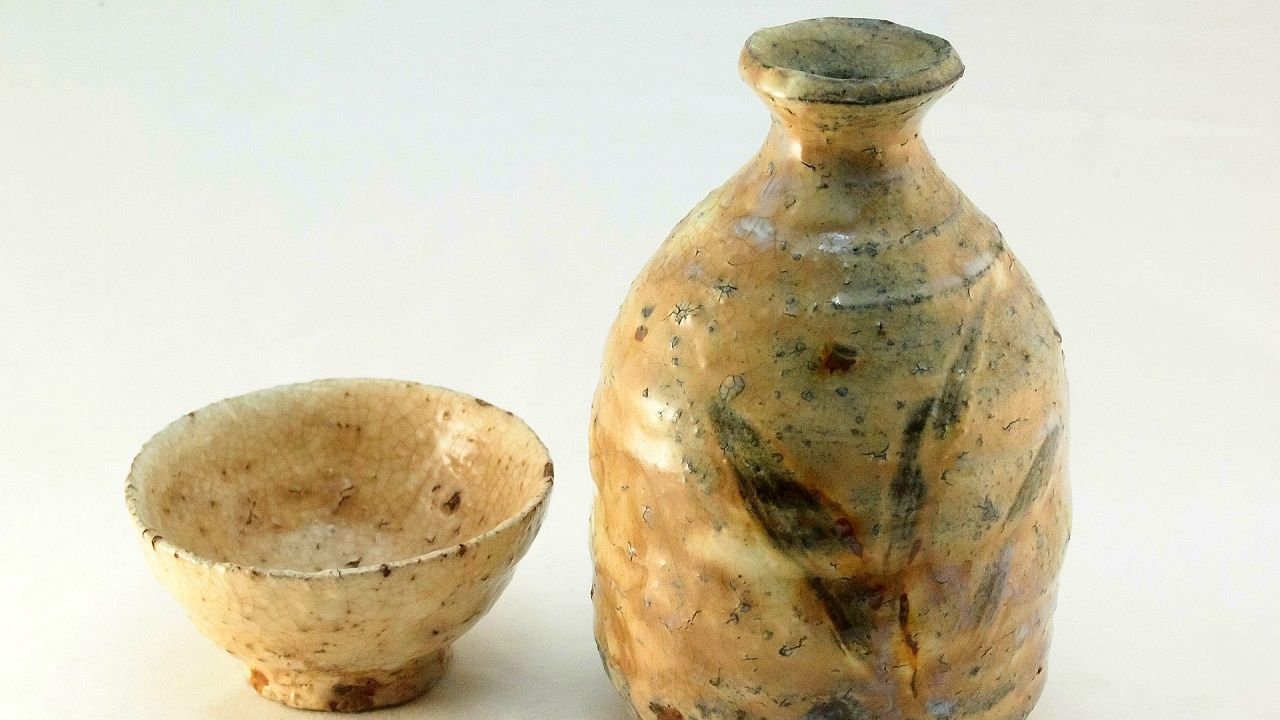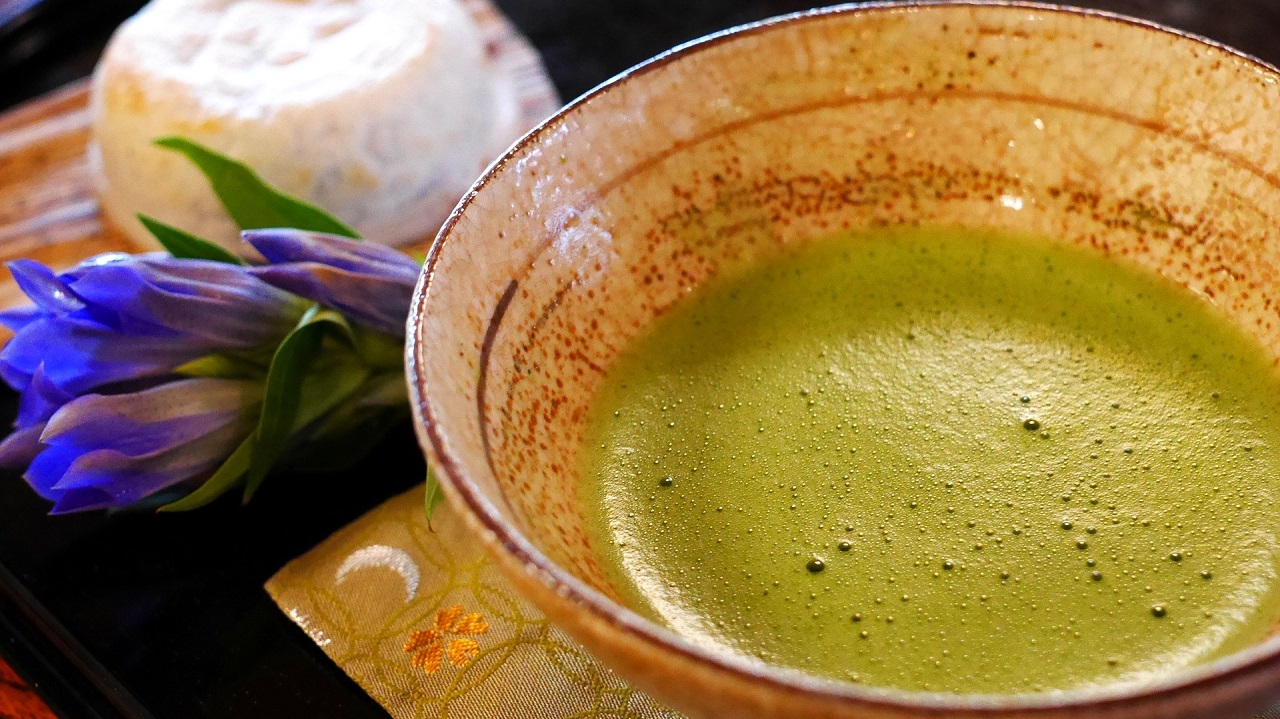Basics of japanese dish arrangement
Let’s remember the fixed position when dishes are arranged in the meal for when you are sending out dishes to our customers.
The premise of placement is “easy to eat”.
Below, I will introduce the fixed position when arranging the dishes in the meal.
JAPANESE FOOD is very useful website.
Please refer to the next videos for details.
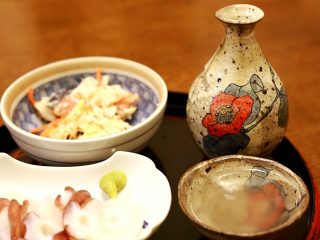
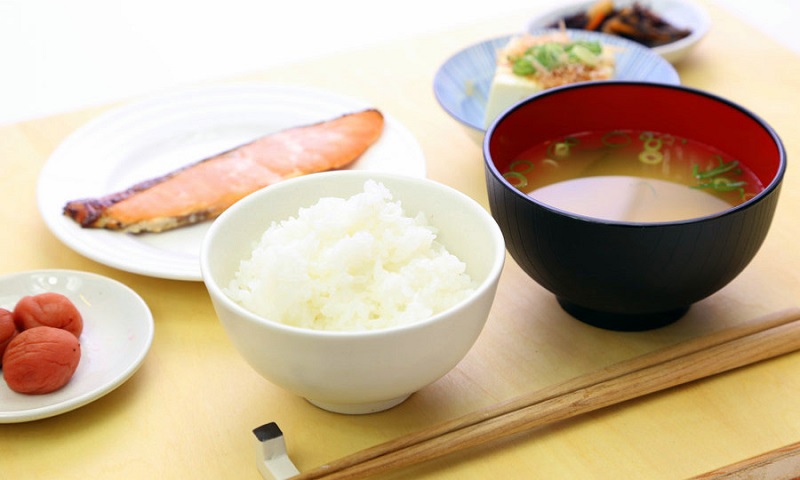
How to use Chopsticks
Why do not you practice how to hold the correct chopsticks on occasion?
When you hold your chopsticks beautifully it seems that the work is beautiful by itself.
Recently, more people bringing their own chopsticks are increasing.
It is recommended to change your own chopsticks to the purpose of eco.
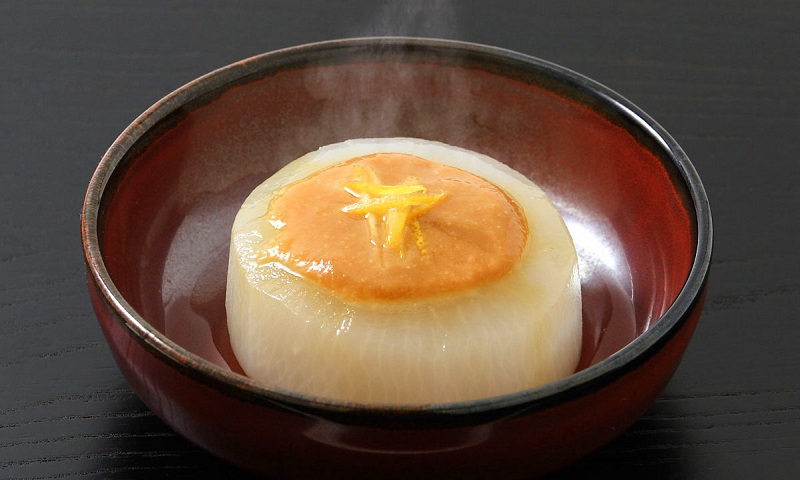
How to arrange dishes and hold chopsticks
How to hold the correct chopsticks and make the posture beautiful is the basis of beautiful manners.
For ease of holding chopsticks, put the thicker part on the right.
Lift bowl with the left hand, hold the center of the chopsticks and hold it with the right hand from the bottom and hold it cleanly.
Do not move the chopsticks below, just move the top chopsticks is the right way to hold chopsticks.
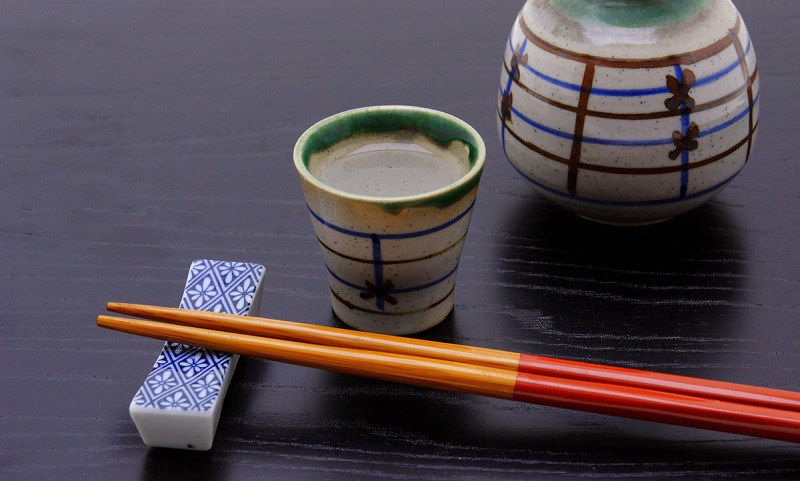
Arrangement in the meal (Fixed position)
Rice is to the front. Soup is right in front. In the middle, pickled stuff.
The left back is stewed dish, the back of the back is main dish.
Baked goods on the far side In a drinking-table etc.
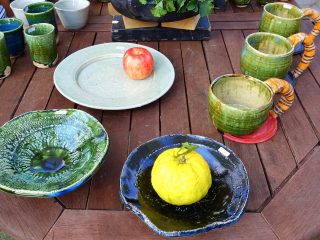
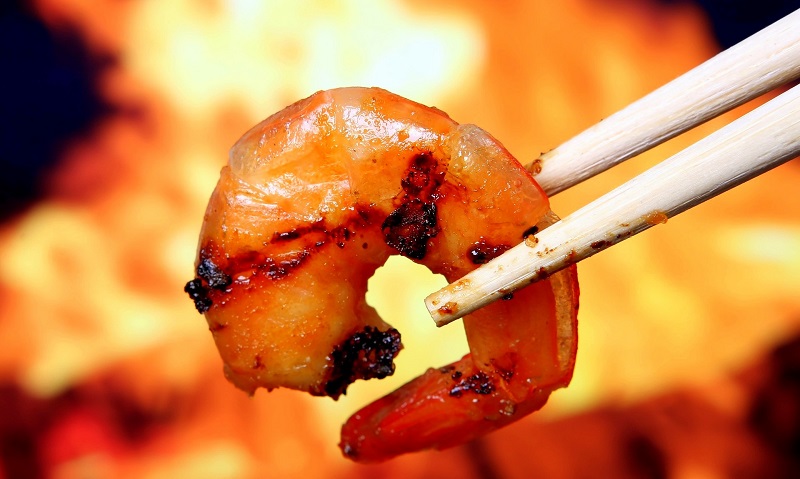
Basics when serving in sake cups etc.
At the sake ‘s seat, rice will come out later, so we will not arrange them together on the table.
Glass is left front, Soup is right in front, An appetizer in the middle, Two rows left side is stewed dish, Sashimi in the center, Right is grilled, Deep-fried in the middle of vinegared on the far left, Steamed in the back right.
Chopstick 箸(はし)
Chopsticks(hashi) are two sticks that hold food between than when one eats.
They were brought from ancient China.
In Japan, Hashi are almost always used when eating.
Most are made of wood or bamboo painted with lacquer or of plastic, but there are also high-class ones with the inside made of ivory.
Hashi put out for visitors or in restaurants are half-split chopsticks; made of unfinished wood, they are to be used and thrown away.
Most Japanese are skillful at using Hashi, because they learned how from their parents during childhood.
